Animals
-
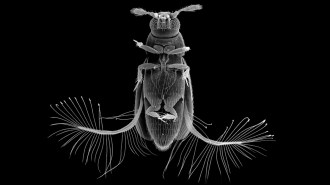 Animals
AnimalsThese tiny beetles fly fast thanks to wing bristles and a weird, wide stroke
Minuscule featherwing beetles have evolved a unique way of flying that lets them match the speed of beetles three times as big.
By Jake Buehler -
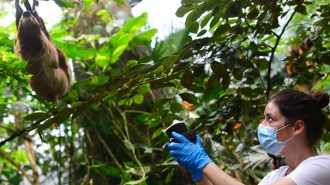 Animals
AnimalsScientists vacuumed animal DNA out of thin air for the first time
The ability to sniff out animals’ airborne genetic material has been on researchers’ wish list for over a decade.
By Jude Coleman -
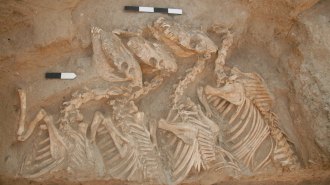 Animals
AnimalsPart donkey, part wild ass, the kunga is the oldest known hybrid bred by humans
Syria’s 4,500-year-old kungas were donkey-wild ass hybrids, genetic analysis reveals, so the earliest known example of humans crossing animal species.
By Jake Buehler -
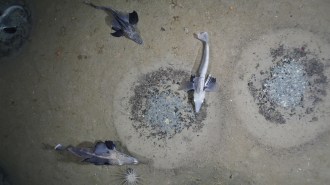 Animals
AnimalsThe largest group of nesting fish ever found lives beneath Antarctic ice
Researchers stumbled upon a fish breeding colony of unprecedented size, spanning a territory slightly larger than Baltimore.
By Jake Buehler -
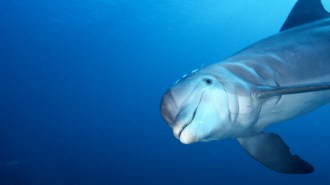 Animals
AnimalsFemale dolphins have a clitoris much like humans’
The similarities suggest female dolphins experience sexual pleasure, which may explain why the species is so randy all the time.
-
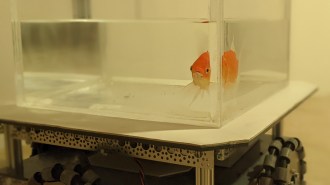 Animals
AnimalsHere’s what goldfish driving ‘cars’ tell us about navigation
When measuring intelligence, the saying goes, don’t judge a fish by its ability to climb a tree. But what about its ability to drive a vehicle?
-
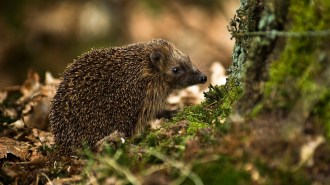 Microbes
MicrobesDrug-resistant bacteria evolved on hedgehogs long before the use of antibiotics
A standoff between bacteria and antibiotic-producing fungi living on hedgehogs may have led to the rise of one type of MRSA some 200 years ago.
-
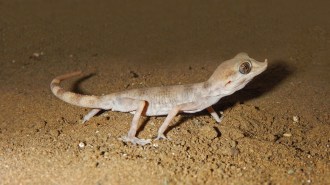 Animals
AnimalsHere’s how spider geckos survive on Earth’s hottest landscape
An analysis of the stomach contents of Misonne’s spider geckos shows there are more critters in the heart of Iran’s Lut Desert than meets the eye.
By Jude Coleman -
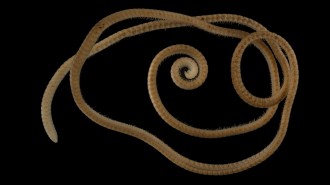 Animals
AnimalsA 1,306-legged millipede is the first to live up to its name
Scientists have discovered the first true millipede, an elongated, threadlike creature with a whopping 1,306 legs.
-
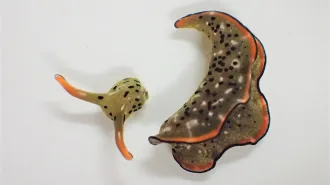 Animals
AnimalsHere are 7 incredible things we learned this year that animals can do
From wielding weapons to walking on the underside of water, these are the creature capabilities that most impressed us in 2021.
-
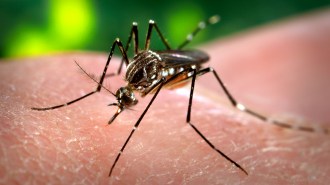 Animals
Animals50 years ago, scientists were genetically modifying mosquitoes
In 1971, scientists turned to genetics to control disease-spreading mosquitoes without DDT. Today, there are a variety of pesticide-free methods.
-
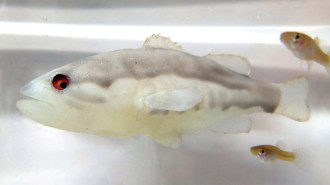 Life
LifeA terrifying robot can thwart invasive mosquito fish
A robot designed to mimic a natural predator of mosquito fish can impair the survival and reproduction of this costly invasive species.